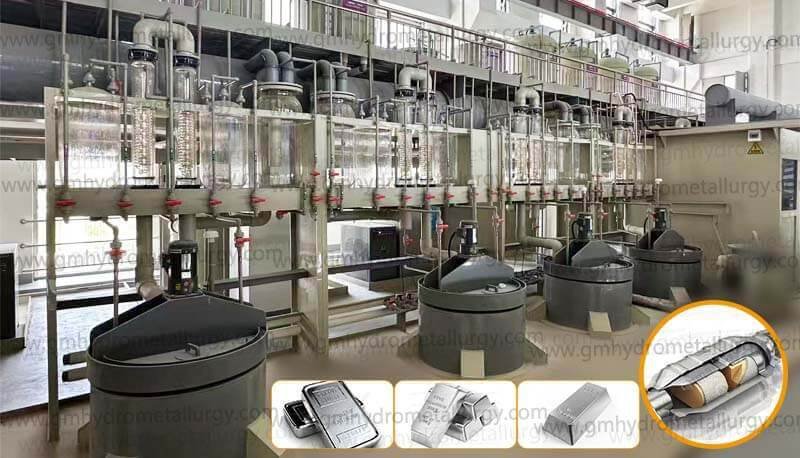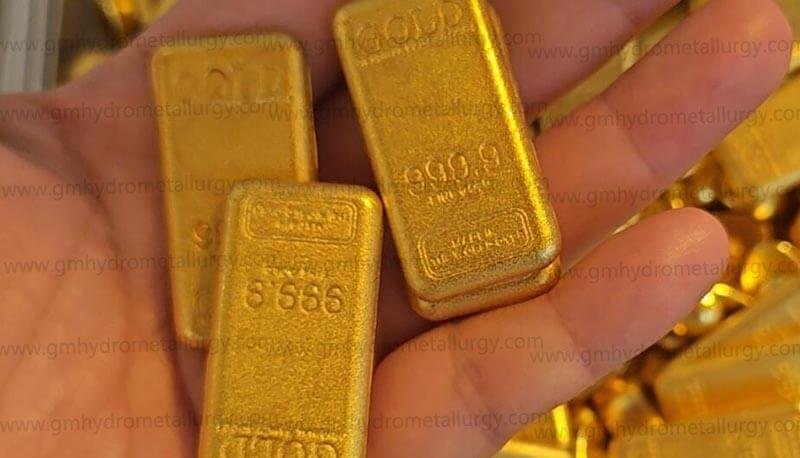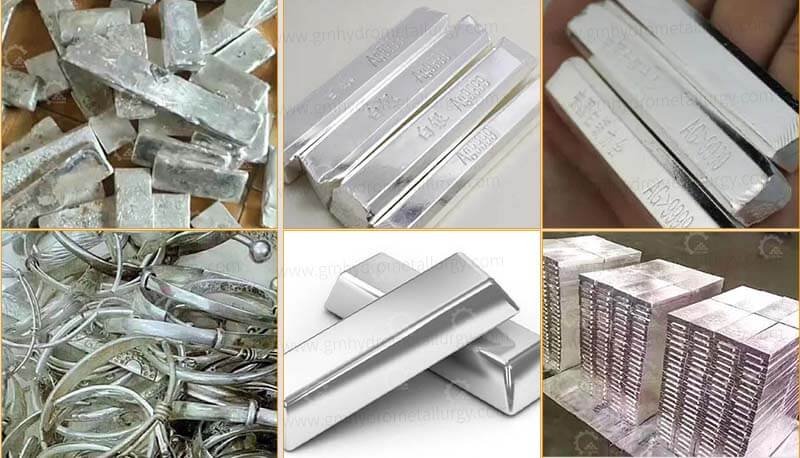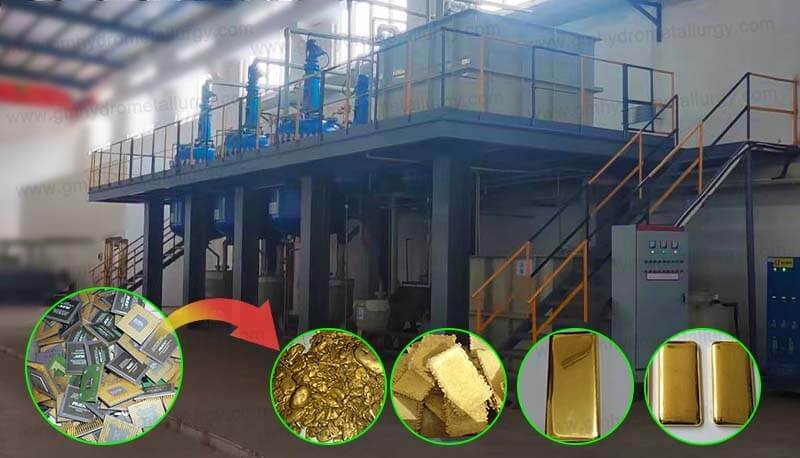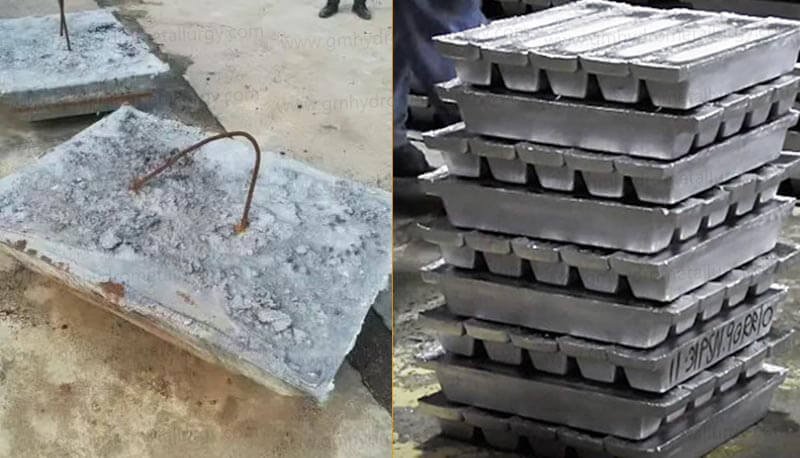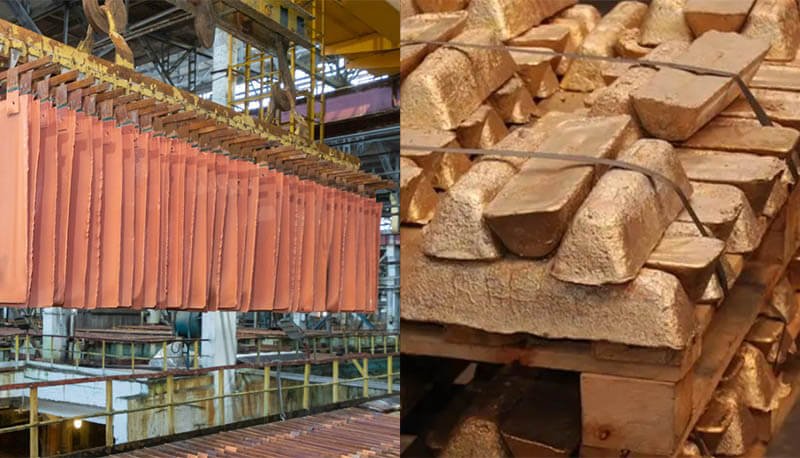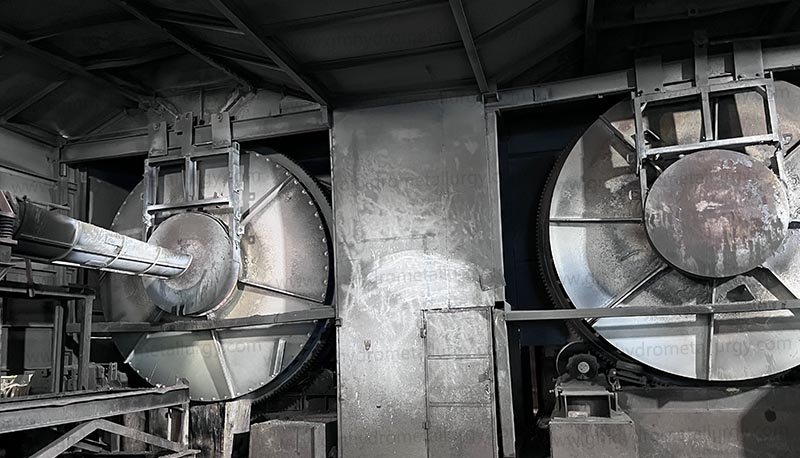Choosing the right Precious Metals Refining Equipment Manufacturer isn’t just a purchase; it’s a critical investment in your operation’s efficiency, profitability, and environmental compliance. With numerous suppliers in the market, selecting the optimal partner requires careful consideration.
Step 1: Precisely Define Your Requirements
Before evaluating manufacturers, get crystal clear on your own needs:
Target Metals: Gold, Silver, Platinum Group Metals (PGMs), or a combination? Equipment varies significantly.
Feedstock Type & Volume: E-waste, jewelry scrap, mining concentrates, catalytic converters? High-volume needs demand different solutions than boutique refining.
Desired Output Purity: Are you targeting 99.9%, 99.99%, or higher? Purity goals dictate technology complexity.
Key Processes Needed: Primarily smelting? Chemical refining (aqua regia, cyanidation)? Electrolysis? Solvent extraction? Full hydrometallurgical circuits?
Space & Location Constraints: Available footprint? Specific utility requirements (power, water, gas)? Environmental regulations at your site?
Budget & Timeline: Initial investment vs. long-term operational cost considerations. Projected installation timeframe.
Step 2: Deep Dive into Manufacturer Evaluation
Armed with your requirements, scrutinize potential Precious Metals Refining Equipment Manufacturers using these critical factors:
1. Core Expertise & Specialization
Look for manufacturers with deep, proven experience in your specific metals and processes (e.g., gold refining systems, PGM recovery technology, sustainable refining solutions).
Do they focus on large-scale mining, medium recyclers, or small jewelers? Alignment matters.
Seek specialists, not generalists, for complex refining challenges.
2. Technology & Innovation
Assess the sophistication and efficiency of their core technologies. Are they using modern, optimized methods?
Inquire about closed-loop refining systems and low-emission refining units for environmental compliance and reagent recovery.
Do they offer modular refining equipment for scalability?
Are their designs geared towards resource recovery efficiency and minimizing waste?
3. Quality & Reliability
Material Construction: Critical components (reactors, piping, scrubbers) must use premium, corrosion-resistant materials (Hastelloy, titanium, specialized ceramics).
Engineering Standards: Adherence to international standards (ASME, PED, CE marking where applicable) is non-negotiable for safety and performance.
Testing & Validation: Do they provide performance data, pilot testing options, or client references with similar applications?
Robustness: Equipment must withstand harsh chemical environments and continuous operation. Ask about design lifespans.
4. Compliance & Safety Focus
Emissions Control: How effectively do their systems handle fumes (NOx, Cl2, Hg) and particulates? Look for integrated mercury abatement systems and advanced scrubbing.
Effluent Treatment: Is wastewater treatment included or seamlessly integrable?
Safety Features: Automated controls, emergency shutdowns, containment systems, and comprehensive documentation are essential.
Certifications: Relevant ISO certifications (9001, 14001, 45001) demonstrate commitment to quality, environment, and safety management.
5. Comprehensive Support Ecosystem
Detailed Engineering: Do they provide Process Flow Diagrams (PFDs), Piping & Instrumentation Diagrams (P&IDs), and layout drawings?
Installation & Commissioning: Is expert supervision included? Crucial for complex plants.
Training: Thorough operational and safety training for your staff is vital.
Spare Parts: Availability of critical spares locally or with fast lead times.
Technical Support: Responsive, knowledgeable support for troubleshooting and optimization. Consider timezone coverage.
Preventative Maintenance: Offer maintenance contracts or clear schedules?
6. Transparency & Commercial Terms
Clear, detailed quotations breaking down costs (equipment, shipping, installation, commissioning).
Realistic lead times and proven project management capability.
Warranty terms and scope.
Willingness to sign NDAs for proprietary processes.
Step 3: Making Your Final Decision
Prioritize
Weight the factors above based on your operation’s critical needs (e.g., safety and compliance might be paramount, or perhaps throughput efficiency).
Due Diligence
Visit manufacturing facilities if possible. Inspect build quality firsthand. Talk to existing clients, especially those with similar applications. Ask about refining equipment ROI and operational cost efficiency.
Evaluate the Partnership
Choose a manufacturer that acts as a long-term partner invested in your success, not just a vendor. Look for proactive communication and problem-solving attitude. Consider their expertise in urban mining equipment or niche recovery if relevant.
Total Cost of Ownership (TCO)
Look beyond the initial price tag. Factor in energy consumption, reagent usage, maintenance costs, expected lifespan, and potential downtime. The most reliable, efficient system often offers the best TCO.
Selecting the optimal Precious Metals Refining Equipment Manufacturer demands thorough research and a focus on your unique operational realities. By meticulously defining your needs, rigorously evaluating manufacturers on expertise, technology quality, compliance, support, and total value, you mitigate risk and position your refining operation for maximum efficiency, profitability, and sustainability. Don’t settle for generic solutions; partner with a specialized manufacturer committed to your long-term success in precious metals recovery. Start your informed selection journey today. Contact us to discuss your specific refining challenges and explore tailored solutions.



